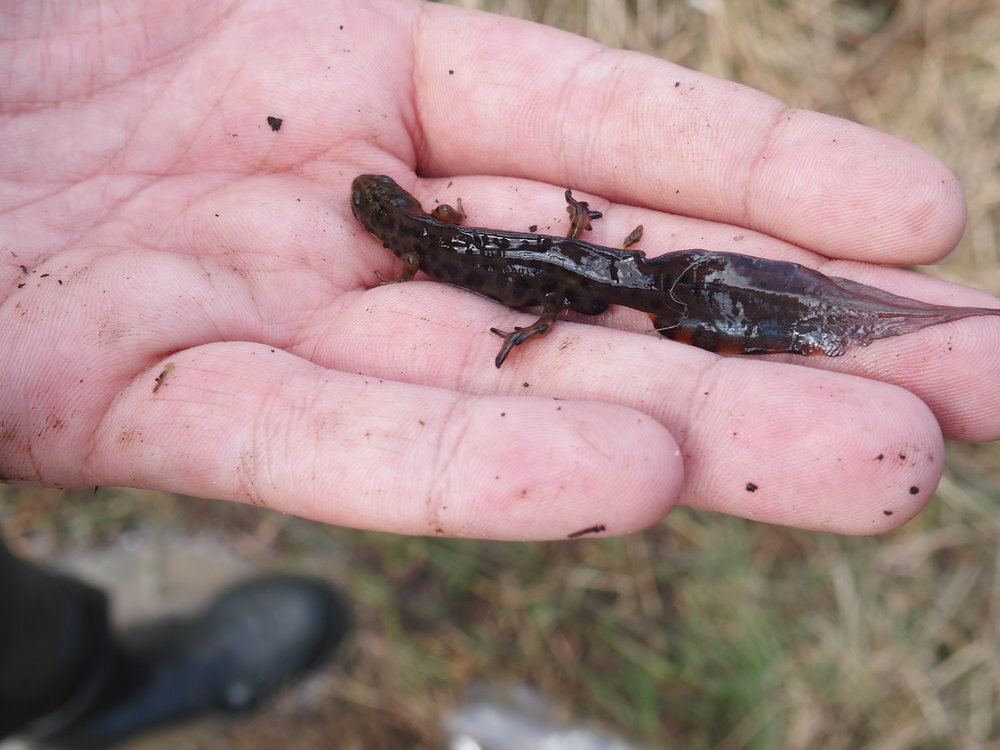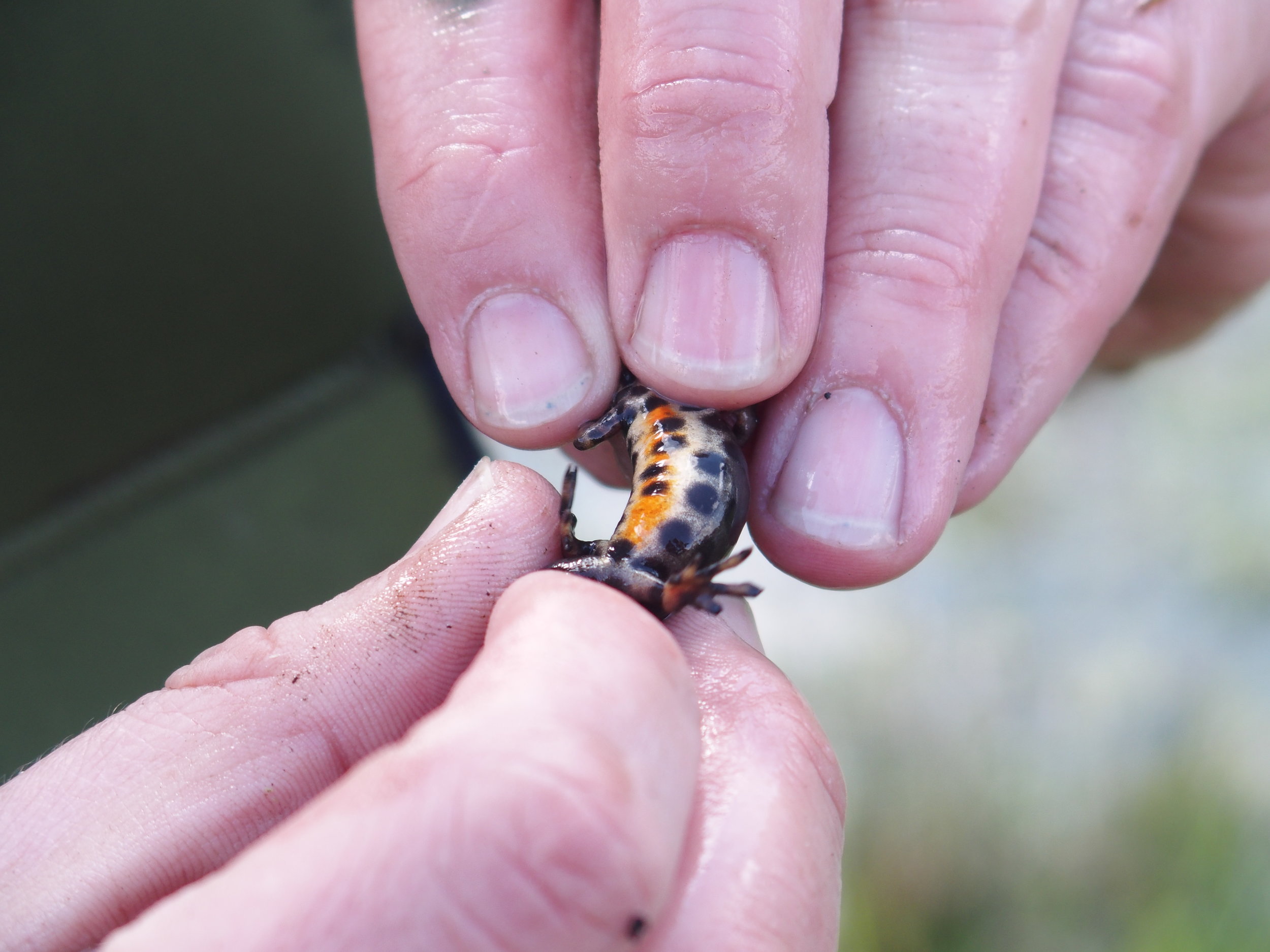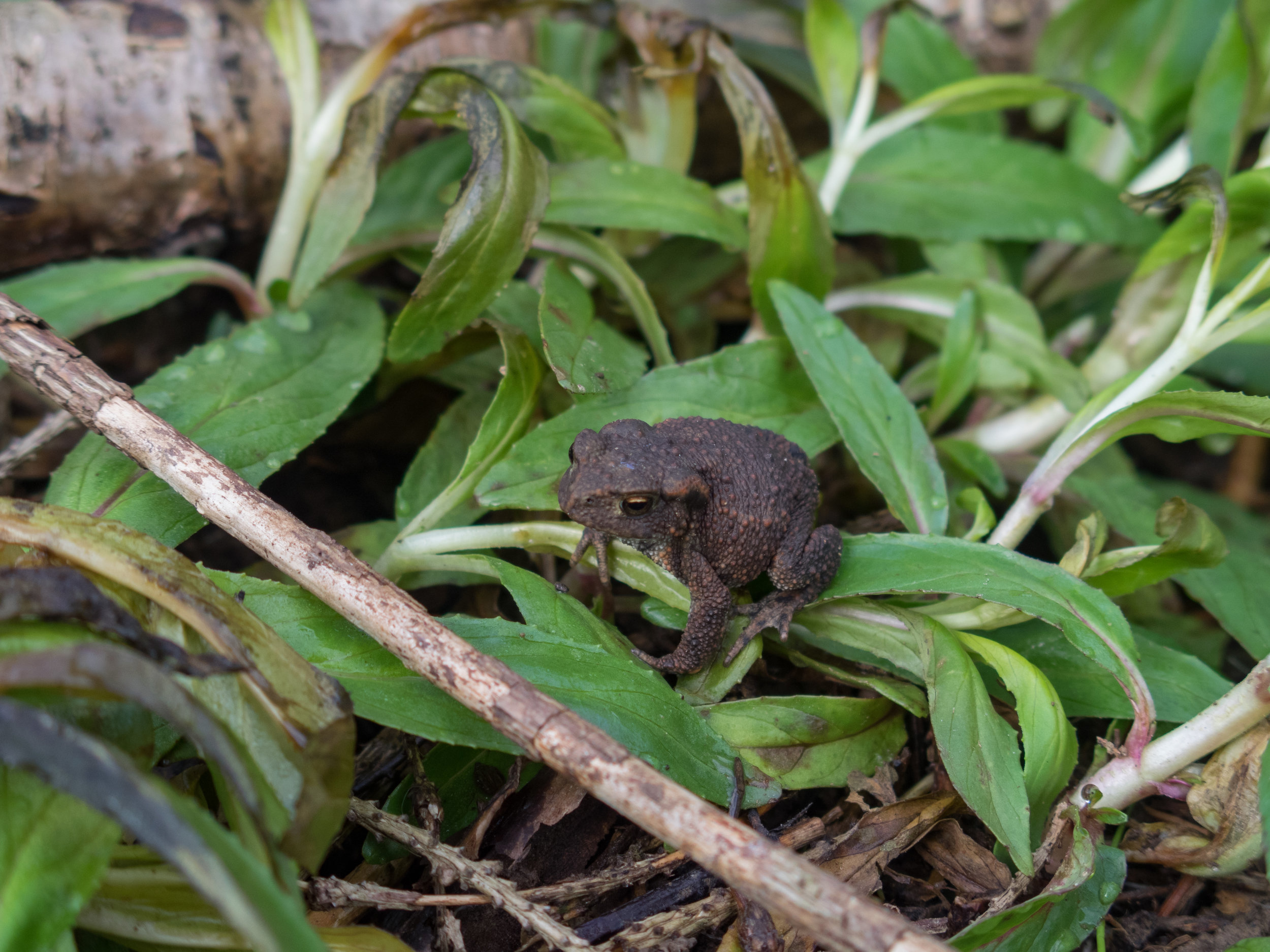Ecological Services From Expert Survey Consultants
At Lizard Landscape Design and Ecology we offer specialist ecological services to complete your landscape development project and assist in determining the ecological impact a development could have on its environment. Our ecological consultants have decades of experience performing ecological surveys including Extended Phase 1 Habitat Surveys for developments and Ecology Phase 1 Habitat Surveys for flora, fauna and protected species. We can complete detailed phase 2 Habitat Surveys including bat surveys and assessments for reptiles, amphibians, badgers, dormice and invertebrates.
Our services consist of a variety of ecological surveys and projects including National Vegetation Classification Surveys and Species Translocation Projects. We are also able to provide ecological assessments to produce ecological management proposals and habitat creation propositions. Our specialist ecological consultants will be able to assist you with any landscape project for a property development or public sector education facility. We will work alongside you to ensure minimal impact on the ecology of the environment and assist you in gaining planning permission.
DOWNLOADS:
Ecology Services Brochure (PDF)
+ What is a Preliminary Ecological Appraisal?
A Preliminary Ecological Appraisal (or PEA), is the first stage of any site ecological assessment. It has three main components:
An ecological desk study
An extended ecology Phase 1 habitat survey
A detailed protected species assessment
Whilst undertaking the desk study, we collate data relating to local and statutory designated sites, such as Sites of Special Scientific Interest, and priority habitats. We also contact the local biological record centres and local resources to obtain details of locally designated sites for wildlife and existing records of any protected and priority species within the vicinity of the site.
Using the extended Phase 1 habitat survey technique (JNCC, 2010; IEA; 1995) the habitats present on the site are mapped, and if relevant include the wider surrounding area. For each identified habitat area, we record the plant species present and their abundance. We also assess the potential of the site for protected and priority species, and record any evidence of these that we establish during the survey, such as badger setts or any evidence of bat activity.
As part of the PEA, we can advise on any initial ecological issues that we identify. This could be in relation to designated sites and priority habitats, where we can advise on what might be required in order to complete an ecological assessment, such as further surveys for protected species. We can also provide initial guidance on measures that could be incorporated into the development design to avoid and mitigate ecological impacts. The PEA can therefore be an extremely useful tool for development planning and can also form the basis of an ecological impact assessment as the project develops.
+ Protected Species Surveys
The requirements for protected species surveys will generally be identified following the Preliminary Ecological Appraisal (PEA, also known as a Phase 1 Survey, Walkover or Baseline Survey) Protected species surveys are a legal requirement if initial surveys suggest that any of the species listed in Article 12 of The Conservation of Habitats and Species Regulations (Habitats Regulations) 2010 (as amended), or The Wildlife and Countryside Act 1981 (as amended), are present on a development site.
Protected species surveys are a material consideration during the planning process and should therefore be submitted alongside the planning application.
Lizard Landscape Design and Ecology has a team of experienced ecologists who are able to undertake all protected species surveys and mitigation work as well as preparing European Protected Species Mitigation Licenses for development projects where protected species are present.























